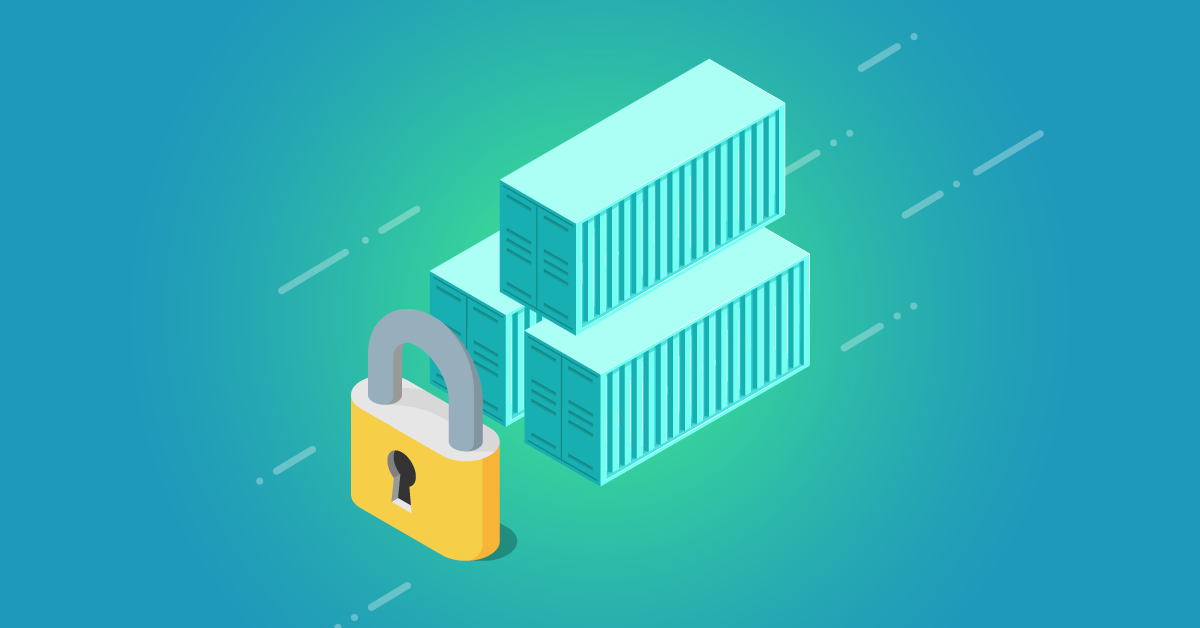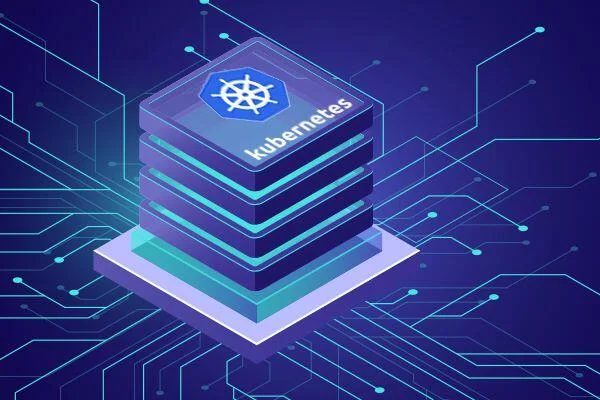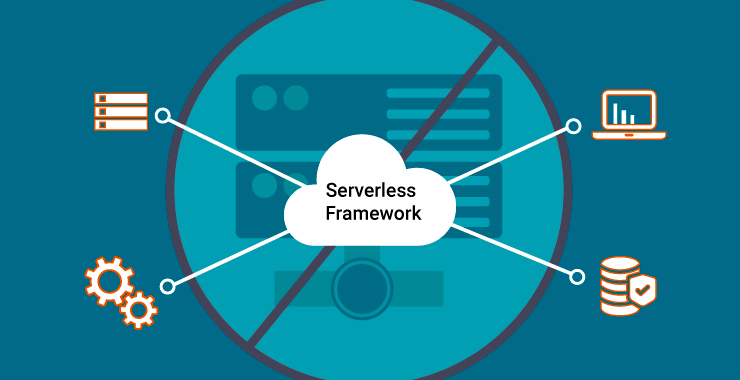
Understanding Digital Ledger Technology
Digital Ledger Technology (DLT) represents a revolutionary shift in how we manage and record transactions in the digital age. By offering a decentralized and secure approach to record-keeping, DLT has the potential to transform various sectors, including finance, supply chain management, and public records. This article delves into the core principles of DLT, its applications, and the challenges and future prospects associated with this technology.
What is Digital Ledger Technology?
At its core, Digital Ledger Technology is a system for recording transactions in a decentralized manner. Unlike traditional ledgers, which are maintained by a central authority, DLT operates on a network of computers, or nodes, that collaboratively maintain the ledger. Each transaction is recorded in a “block” and then added to a chain of previous transactions, forming a “blockchain.” This distributed nature ensures that no single entity has control over the entire ledger, enhancing security and transparency.
Key Components of DLT
DLT is characterized by several fundamental components. The first is the distributed ledger itself, which is replicated across multiple nodes in the network. This ensures that each participant has a complete and synchronized view of the ledger. The second component is consensus mechanisms, which are protocols used to agree on the validity of transactions. Common consensus mechanisms include Proof of Work (PoW) and Proof of Stake (PoS). Finally, smart contracts are self-executing contracts with the terms of the agreement directly written into code. These contracts automatically execute and enforce terms, reducing the need for intermediaries.
Applications of Digital Ledger Technology
DLT’s most well-known application is in cryptocurrencies like Bitcoin and Ethereum. In these systems, DLT ensures secure and transparent transactions without the need for traditional financial intermediaries. Beyond cryptocurrencies, DLT is making significant strides in various sectors. In supply chain management, DLT can track the provenance of goods, ensuring authenticity and reducing fraud. For instance, luxury brands use DLT to verify the origin and authenticity of their products. In healthcare, DLT can manage patient records securely, giving patients more control over their data while ensuring privacy and compliance with regulations.
Additionally, DLT has potential applications in voting systems. By recording votes on a blockchain, it is possible to create a transparent and tamper-proof record of the voting process, increasing trust in electoral outcomes. Similarly, in real estate, DLT can streamline property transactions by providing a secure and immutable record of ownership and reducing the complexity of the transfer process.
Challenges and Limitations
Despite its promise, DLT faces several challenges. One of the primary concerns is scalability. As the number of transactions grows, maintaining a distributed ledger can become cumbersome, leading to slower transaction times and higher costs. For example, Bitcoin’s network can process only a limited number of transactions per second compared to traditional payment systems like Visa.
Another challenge is the regulatory landscape. As DLT continues to evolve, governments and regulatory bodies are still grappling with how to regulate and govern these technologies. Different jurisdictions have varying approaches, which can create complexities for businesses operating across borders.
Security is also a significant concern. While DLT’s decentralized nature provides inherent security benefits, it is not immune to cyber-attacks. Vulnerabilities in the implementation of smart contracts or flaws in consensus mechanisms can be exploited by malicious actors. Additionally, the immutability of blockchain records, while often a benefit, can also be problematic in cases where errors or fraudulent transactions need to be corrected.
The Future of Digital Ledger Technology
Looking ahead, the future of DLT appears promising, with ongoing research and development addressing current limitations. Innovations such as sharding, which involves breaking the blockchain into smaller, manageable pieces, and layer-two solutions, which operate on top of existing blockchains to enhance scalability, are being explored to improve transaction speeds and reduce costs.
The integration of DLT with emerging technologies like artificial intelligence and the Internet of Things (IoT) could further expand its applications. For instance, DLT could enhance the security and transparency of IoT devices by providing a decentralized framework for managing device data and interactions.
Conclusion
Digital Ledger Technology represents a transformative advancement in how we record and manage transactions. While it faces challenges, its potential to revolutionize various sectors and improve transparency, security, and efficiency cannot be underestimated. As the technology evolves, it will be essential to address its limitations and harness its full potential to drive innovation and create new opportunities.




